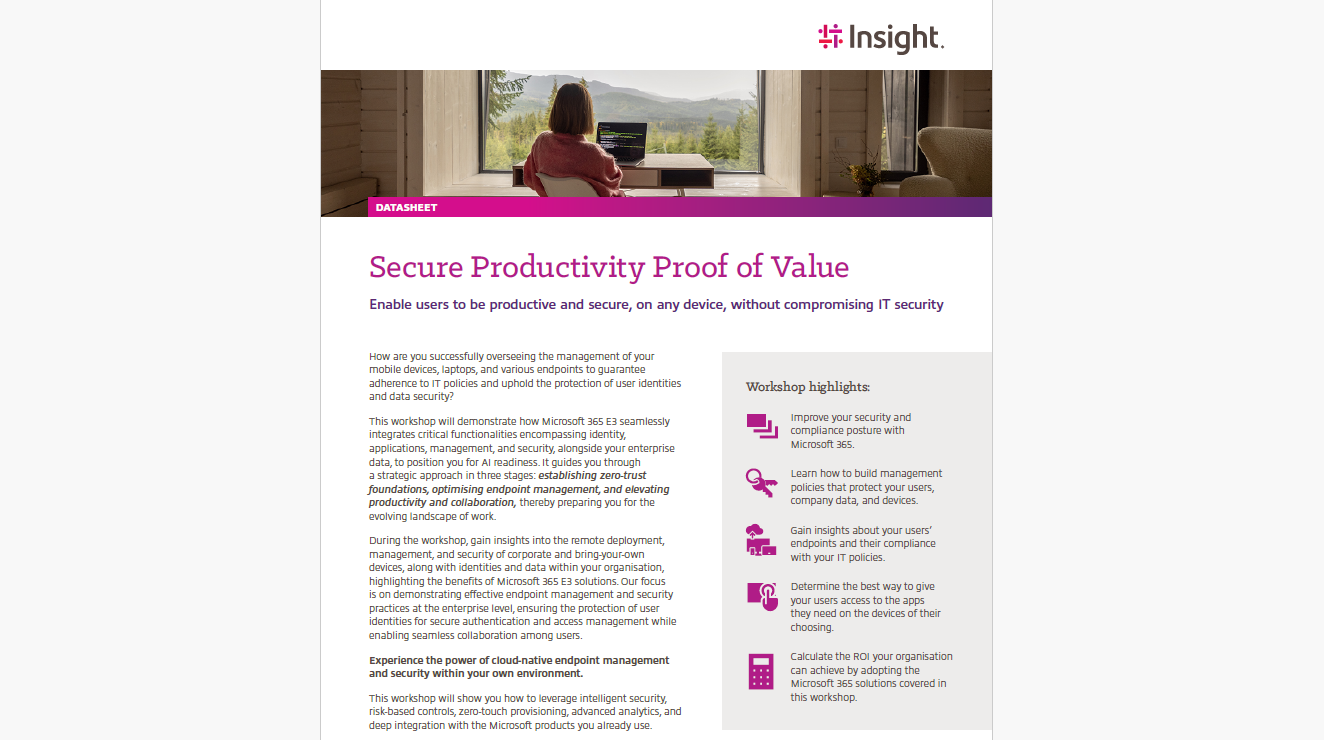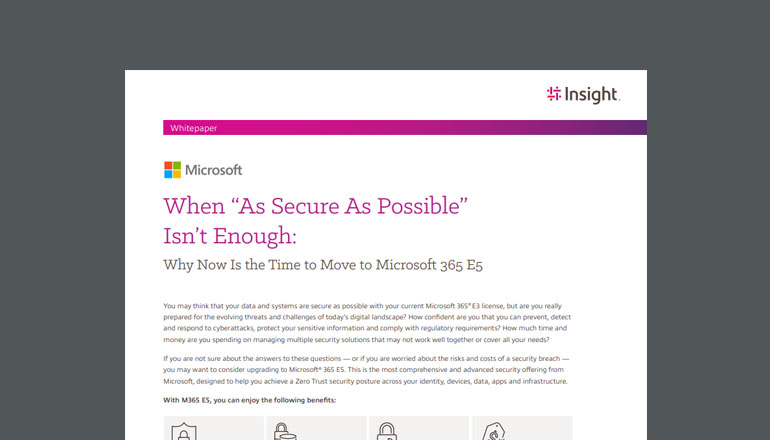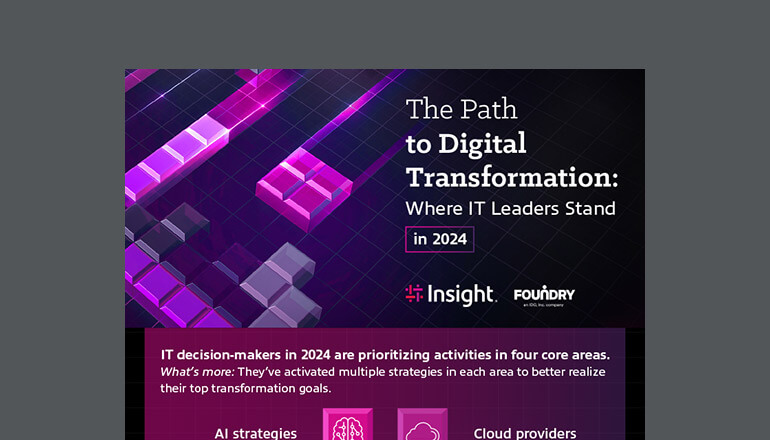Article Hybrid Work Is Here to Stay — But What Does It Mean for Cybersecurity?
Dispersed employees pose a substantial risk to your IT environment, but hybrid work is the new standard. Gain visibility and control with multilayered security.
By Rachel Tucker / 31 Jan 2023 / Topics: Cybersecurity

2022 saw many changes in workforce structure: As pandemic restrictions subsided, many businesses encouraged workers to return to the office. But for employees, the benefits of remote work were too appealing to leave behind.
An ADP report titled “People at Work 2022: A Global Workforce View” found that 64% of workers would consider quitting if asked to return to the office full-time. The report also noted that about 71% of 18- to 24-year-olds would consider looking for another job if their company insisted they return to the office full time.
Compromise is often seen by way of hybrid work, or the opportunity to work partly in-office and partly from home — while others retain their fully remote schedules.
It’s clear that the opportunity for hybrid work is a major factor in employee satisfaction, but it doesn’t come without its challenges. Perhaps the most important? Cybersecurity.
Remote work presents a heightened risk for cyberattack.
When teammates access your server from multiple locations and devices, vulnerabilities are inevitable. Dispersed teams have a heavier reliance on cloud-based systems and home devices. It’s important to remember that all devices are vulnerable to attack, especially on home networks — for instance, printers, scanners, home-assistant speakers and mobile devices are prime targets.
Additionally, many remote workers don’t simply work from home. Coffee shops and shared spaces are ideal for mobile employees, but often run the risk of unsecured Wi-Fi networks and eavesdropping.
But it’s not just off-site cases you need to worry about: When employees are outside the office, cybercriminals can target laptops, mobile devices and applications with malware. Then, when your employee logs in at the office, that malware can infect all your network systems.
Protecting your employees, data and clients can seem like a daunting task in today’s security landscape, but modern technology is up to the challenge.
There’s no better time to invest in your cybersecurity.
A hybrid workforce expands your attack surface, but there are concrete steps you can take to protect your business:
- Endpoint, email, and Identity and Access Management (IAM) solutions are critical for remote employees.
- Network and infrastructure security — such as firewalls and Virtual Private Networks (VPNs) — will limit intrusions.
- AI-powered security systems and predictive analysis will increase visibility and mitigate risk.
- Comprehensive, flexible internet security can protect your organisation from scams and ransomware.
- Strong office network security will safeguard your data as employees come and go.
Don’t discount the importance of employee training.
Educating your employees on the importance of cybersecurity is just as important as your security tools. For instance, employees often bypass or avoid VPNs when they experience slow network speed or dropped connections — and there’s no use in implementing a VPN if it goes unused. When you train your workforce on the crucial importance of these private networks, they’re less likely to disconnect.
For remote employees, trainings on the risk of home devices can shore up your defense. Employees should only print from home when absolutely necessary, should not let friends or family use their work devices, and should be regularly trained on storage and deletion procedures.
Frequent trainings can make the difference between a protected network and a devastating cyberattack.
Insight: The ideal cybersecurity partner
Cyberattacks are growing more sophisticated by the day, but thankfully, security tools are evolving just as quickly. However, navigating them on your own can lead to a host of challenges.
With Insight on your side, you’ll gain access to a deep catalog of enterprise security technology to protect your organisation. Our team of experts will help find, deploy and manage these services, leading to optimised costs, better future forecasting, consistent compliance and more.
Talk with an Insight specialist today to enhance your security measures.

Have you been briefed?
Discover reports, stories and industry trends to help you innovate for the future.





